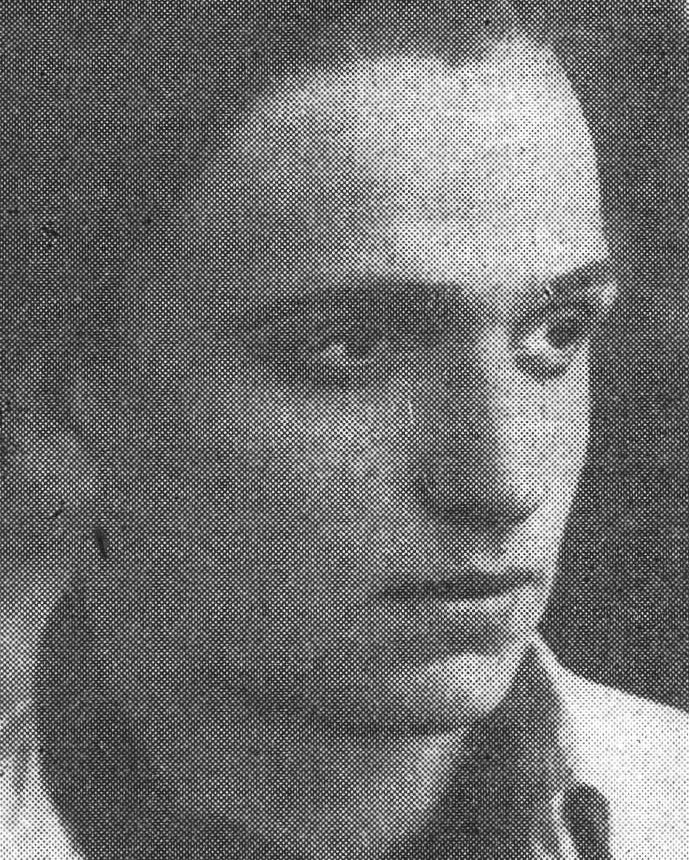Julius GRAUMANN
January 2, 2019Elie GRUNMANN
January 2, 2019Leopold GRUMBACHER
MANNHEIM (GERMANY) 1921 – DEPORTED 1942
When the Nazis came to power in Germany, Leopold Grumbacher’s father, who was a storekeeper, decided to leave Germany, and settle in Switzerland. Leopold wished to study painting and went to Paris where he lived for five years. He used pastels and never went anywhere without carrying his sketchbook in his pocket. In 1939, he was stationed in the Bellac forest in the Haute-Vienne department.
In 1942, Leopold Grumbacher was interned in the Mérignac camp in Bordeaux. He made friends with the other prisoners in the camp. A few months later, following a hunger strike, he was transferred to Saint-Georges-d’Aurac. In September, he was transferred again to Bessiere-Sainte-Marie, to Brive and then to Montluçon. On September 13, 1942, Leopold Grumbacher was deported from Drancy on convoy number 32. He did not survive hard labor and died of exhaustion.
Stories of Jewish Artists of the School of Paris 1905-1939
FRENCH-ENGLISH
Capitale des arts, le Paris des années 1905-1939 attire les artistes du monde entier. De cette période de foisonnement, un terme est resté, celui d'Ecole de Paris, qui recouvre une grande diversité d'expression artistique. Dans ce brassage dont Montparnasse est le creuset, un groupe se distingue : celui des artistes juifs venus de Russie, de Pologne et d'Europe centrale. Si leurs styles sont variés, un destin commun les rassemble : ils fuient l'antisémitisme de leur pays d'origine. Certains ont connu la célébrité dès les années 1920, tels Soutine, Lipchitz ou Chagall. D'autres n'ont pas eu le temps ou la chance d'y accéder. Près de la moitié a péri dans les camps de concentration nazis.
From 1905 to 1939, Paris attracted artists from all over the globe as the capital of the art world. This period of artistic proliferation became known as the School of Paris, and includes a great diversity of artistic expression. Within the teeming art world centred on Montparnasse, one group set itself apart: Jewish artists from Russia, Poland, and Central Europe. Although their styles were diverse, they shared the common fate of fleeing anti-Semitic persecutions in their home countries. Some became famous in the 1920s, such as Soutine, Lipchitz, and Chagall, while others did not have the time or the luck to gain renown. Nearly half of these artists died in Nazi concentration camps.





